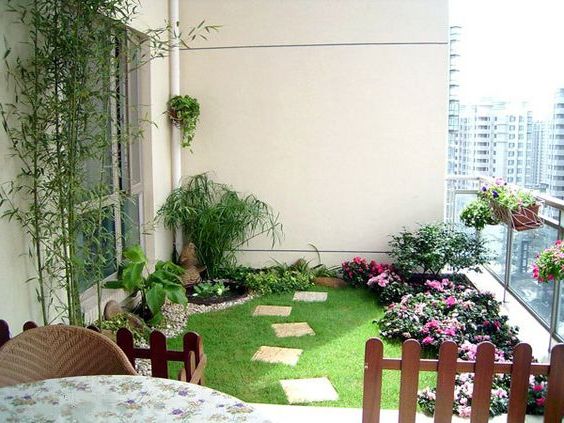If you’ve installed a new artificial turf field but have since found that the synthetic turf has degraded, you may be wondering how to recycle it. Reusing your artificial turf is an excellent solution for this problem, but it can be costly and time-consuming. In this article, we will discuss some quality checks that you can perform before buying used turf.

Cost effective use of used artificial turf
In recent years, there has been a renewed interest in finding cost-effective uses for used artificial turf. The Synthetic Turf Council (STC) says that a proprietary recycling technique, called Re-Match, can be used to reuse 99 percent of the materials in the turf. Click here for more information about the Synthetic Turf Council.
This recycling technique has received international recognition, but it’s not a guaranteed solution.
Re-use of used artificial grass is an emerging industry in the United States. However, many obstacles prevent it from being fully adopted. For example, there are currently no federal or state regulations on the proper disposal of used artificial grass.
Furthermore, the synthetic grass industry has stated that field owners bear the responsibility of disposing of their grass, a position that can’t be supported by state or federal regulations. Consequently, many field owners seek directions from grass vendors rather than addressing the issue themselves.
Another important aspect of installing artificial grass is the cost. The materials used in this process vary in quality. The higher-end varieties are more expensive than the cheaper alternatives. Also, you’ll need to take into account the cost of infill, which can save you money in the long run.
Another great aspect of artificial grass is that it requires less maintenance than natural grass. You don’t need to water, mow, or weed, and you won’t have to spend as much money on fertilizing or watering it. Watering can be quite a substantial expense, especially in places that are naturally dry. Click the link: https://pubs.nmsu.edu/_h/H504/index.html for an example of watering requirements for a healthy organic lawn. Unlike natural grass, synthetic grass can be repaired many times before it requires replacing. This feature will save you time and money.
You can install artificial grass on almost any surface. In general, it fits well in areas that have straight lines. However, it can be difficult to install it in curved or angled areas.
In some cases, you may have to reshape the grass if you have existing landscaping in the area. In addition, you might have to hire a professional to install the grass, which will result in more expense in the long run.
Quality checks for used artificial turf
There are a number of different quality checks for used artificial turf.
The first step is the inspection of the turf materials. These are conducted by specialized labs to ensure the quality and performance of the product. They also conduct durability and safety tests on the examples of artificial turf that are provided to them. The tests characterize various aspects of the grass system, including the backing weight, pile height, yarn content, and more.
The installation of the grass is an important factor. A good quality installation ensures that liquids can drain easily. The quality of drainage depends on how the grass interacts with the base layer.
It is important to have a solid base layer that is at least 75mm thick, as well as perimeter drainage. This will prevent pooling. Once the grass is installed, it must be properly sealed and protected against UV exposure. This is important because excessive UV exposure can cause degradation of synthetic materials.
The grass must be backed properly and rolled tightly before being dispatched. Improper unloading can cause creases within the grass and can result in problems on site. The grass is fed through a roll-up machine, which pulls the roll tight as it feeds. The rolls are then cut according to the length specified in the layout plan. The grass rolls are wrapped in plastic to prevent water from penetrating the roll.
CPSC has also conducted tests on the lead levels in artificial grass fibers by using a wipe-sampling method developed for pressure-treated wood. The findings of this study showed elevated levels of lead in some used grass products. The CPSC recommends that synthetic grass with higher lead concentrations be inspected by a qualified professional. This step is vital in order to ensure safety and minimize risks to residents.
In order to ensure that you’re getting quality artificial grass, you must ask the right questions when choosing a supplier. The answer to these questions will help you determine the best synthetic grass for your needs.
Once you’ve answered these questions, you’ll have a much better chance of receiving a quality product. The right synthetic grass products can be a great investment for your property. So, make sure to do your homework and buy from a reputable source.